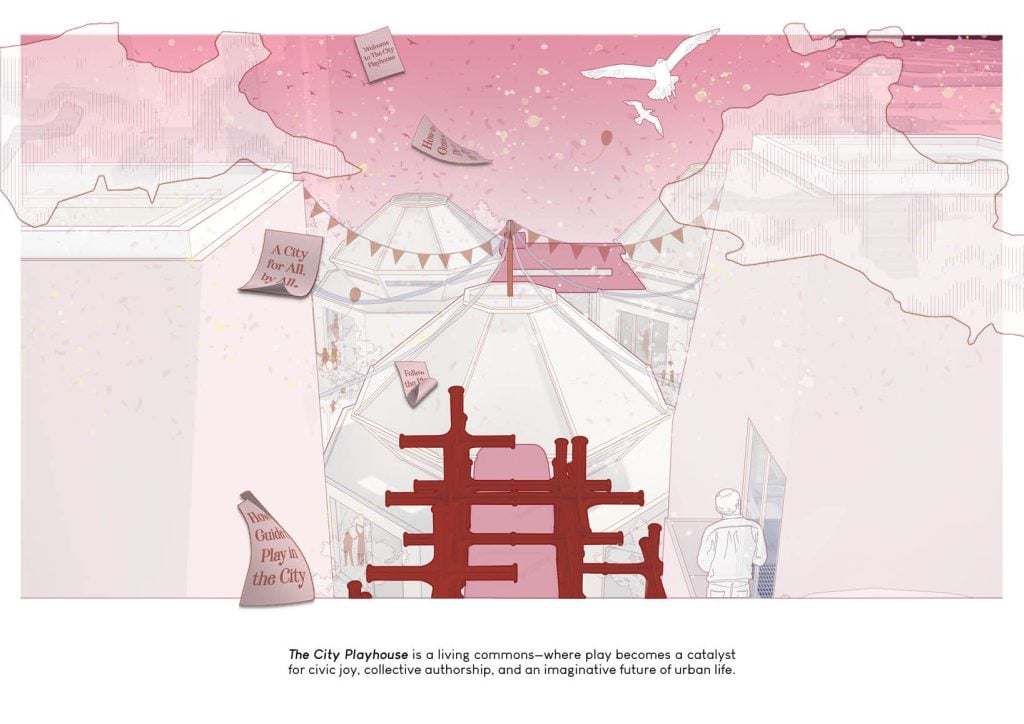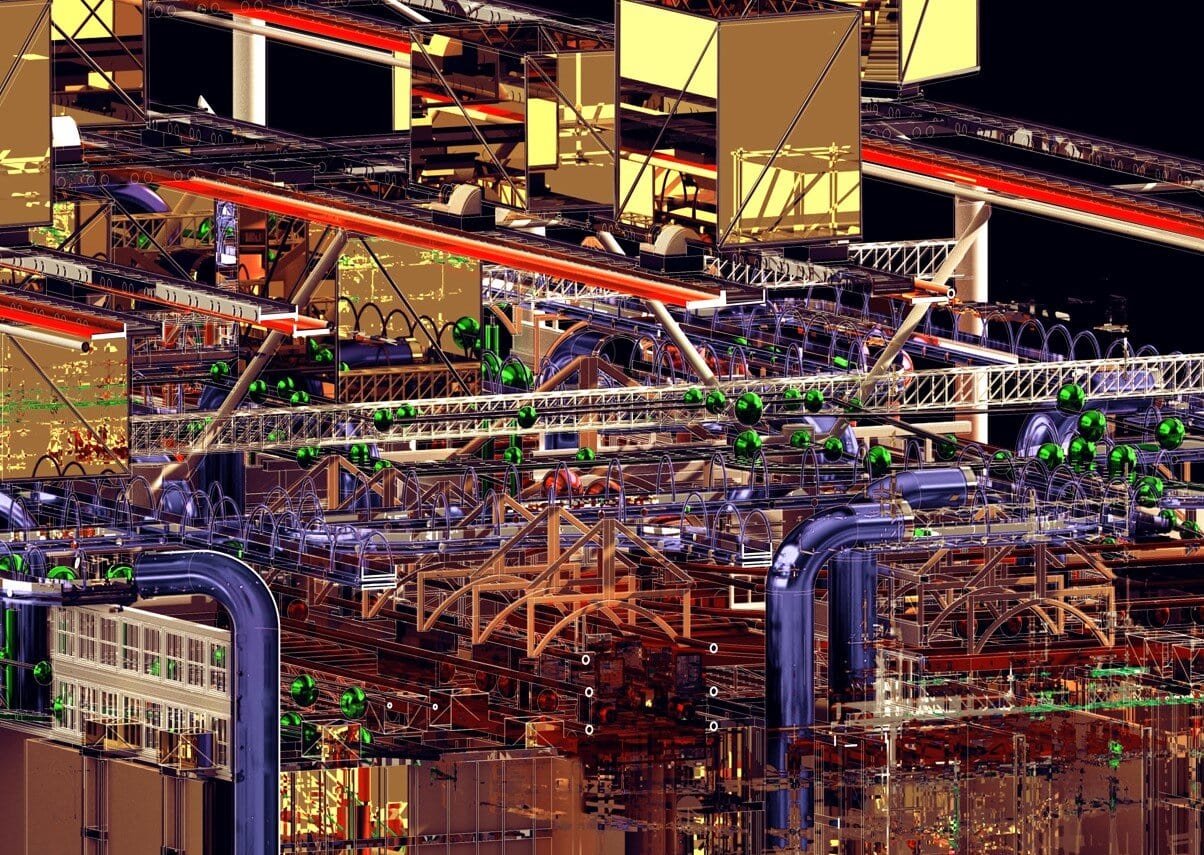The City Playhouse: Rethinking Urban Vitality through Playfulness and Collective Agency
A Groundbreaking Vision from Manchester’s Promising Graduate
Few thesis projects manage to capture both the spirit of their city and the imagination of the architectural community. But in 2025, Syamin Amira, a recent MArch graduate of the Manchester School of Architecture, has done just that. Winner of the prestigious LandSec Flux Award, Amira’s project—aptly titled “The City Playhouse”—proposes a radical shift in how underutilised urban spaces could become engines of inclusivity, sustainability, and, perhaps most significantly, play. Developed in collaboration with LandSec U+I, her work stands as a manifesto for cities willing to reinvent themselves through the collective creativity of their people.
Interweaving Play and Participation
At the core of Amira’s proposal is a deceptively simple premise: play is more than recreation; it is a design strategy, a social equaliser, and a catalyst for urban transformation. In “The City Playhouse,” vacant lots, redundant car parks, and overlooked green spaces are reimagined as stages for community engagement.
Instead of imposing pre-defined functions, Amira’s designs are modular and adaptive. She employs pop-up structures, versatile street furniture, and dynamic landscapes that invite people of all ages and abilities to claim ownership of these spaces. The environment is never static—flexibility and imagination are baked into its very DNA. In the words of Amira, “Cities thrive when their spaces become canvases for collective authorship, not monuments to singular visions.”
From Research to Real Impact: Collaborating with LandSec U+I
While many student projects remain stubbornly theoretical, “The City Playhouse” distinguishes itself through practical engagement with industry leaders. Amira’s partnership with LandSec U+I was not mere window-dressing. Together, the team openly surveyed local residents, ran participatory workshops, and trialled temporary interventions in Manchester’s Ancoats and New Islington districts.
These pilot installations quickly became local landmarks in their own right. Parents and children transformed a gravel lot into a kinetic play garden adorned with moveable sculptures, while older residents hosted chess tournaments under reconfigurable pavilions. Feedback loops were vital: user experiences informed design tweaks, ensuring the project was shaped “with” the community, not merely “for” it.
Designing for Diversity and Sustainability
A hallmark of Amira’s work is her unflagging commitment to inclusivity and environmental stewardship. Age, mobility, and even cultural background are built into the project’s spatial vocabulary. Materials were sourced locally wherever possible, while structures prioritised minimal environmental impact through upcycling, modularity, and renewable resources.
Perhaps most inspiring is the deliberate “unfinished” quality of the interventions. As Amira notes, “Urban resilience comes from adaptability, not permanence.” The City Playhouse is designed to evolve. It encourages spontaneous acts, user modifications, and grassroots programming—principles that make the spaces relevant, resilient, and uniquely city-specific.
Recognition and Resonance: Winning the LandSec Flux Award
It’s little surprise that Amira’s project won the LandSec Flux Award, a recognition given to those who dare to push boundaries in social, environmental, and spatial practice. The jury praised The City Playhouse’s blend of imaginative thinking and solid research, noting its “real-world applicability married to spirited inventiveness.” For many within the Manchester School of Architecture and beyond, Amira’s achievement signals not just a bright individual talent, but a shifting zeitgeist—one that places community, ecology, and joy at the forefront of contemporary urban design.
A New Generation Speaks
The success of The City Playhouse highlights a broader movement within architectural education and practice: a desire for participatory design processes that meet the complex challenges of 21st-century urban life. It’s a call for architects to listen more, collaborate deeply, and understand their role as enablers rather than sole authors.
For Amira, these lessons extend far beyond the boundaries of her thesis. “Architecture must catalyse dialogue,” she insists. “Only by inviting our communities into the creative process can we build cities that genuinely reflect collective hopes, needs, and dreams.”
Connect with Syamin Amira
For those inspired by Amira’s vision, collaboration is just a click away. She welcomes conversations with practitioners, civic groups, and fellow urbanists passionate about participatory, sustainable design. Connect with Syamin Amira on LinkedIn, or reach her directly at iamsyaminamira@gmail.com to learn more about her work, share feedback, or explore partnerships that could shape the cities of tomorrow.
Syamin Amira stands among the vanguard of new architects proving that the best urban interventions are those that invite us all to play. The City Playhouse is both an invitation and a challenge—one that cities across the globe would do well to accept.












Add a comment